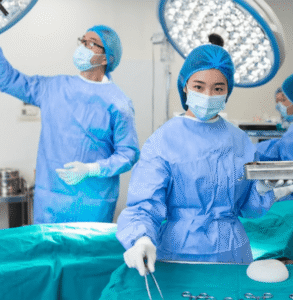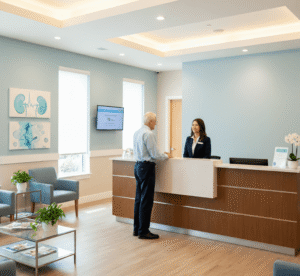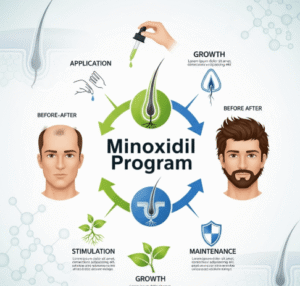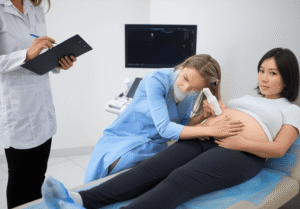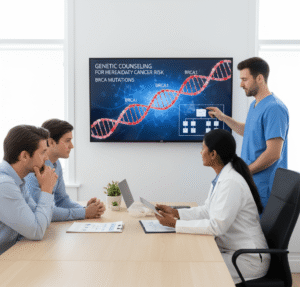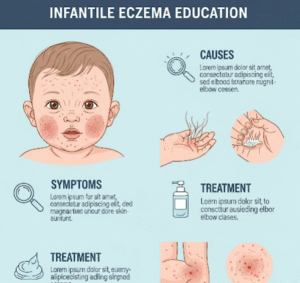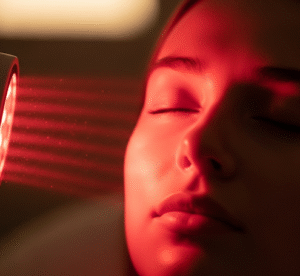South Korea has become a global leader in regenerative medicine, and 2026 is shaping up as a landmark year for stem cell therapy. What once sounded like science fiction is now transforming clinical care. Korean researchers, hospitals, and biotech companies are working together to make stem cell treatments safer, more effective, and more accessible to patients both in Korea and abroad. This progress reflects years of steady research, strong government support, and a culture of medical innovation that places Korea among the world’s top destinations for advanced therapy.
A Changing Legal Landscape: Regulation Meets Opportunity
Korea’s rise in regenerative medicine is built on a strong regulatory foundation. The government’s Advanced Regenerative Bio Act has reshaped how stem cell therapies are approved, monitored, and marketed. This law ensures that all cell-based therapies go through rigorous testing, transparent documentation, and post-treatment safety evaluations.
Before these reforms, stem cell therapies existed in a gray area where clinical practice often moved faster than the law. Today, that uncertainty is gone. Clinics benefit from clear approval pathways and patients gain confidence knowing their treatments are officially regulated.
→ Key impact of the new law:
- Encourages biotech firms and clinics to collaborate safely.
- Opens the door for approved treatments in conditions like arthritis, Parkinson’s disease, and spinal injuries.
- Provides a structured system for clinical trials and follow-up safety reports.
This combination of scientific freedom and government oversight is one reason Korea’s regenerative medicine industry is advancing faster than in many other countries.
Leading Players and National Ambitions
Korea’s progress is not accidental. It is powered by an ecosystem of visionary biotech companies, research universities, and medical centers. Firms like MEDIPOST and CHA Biotech are now recognized internationally for developing next-generation stem cell products.
Hospitals such as Samsung Medical Center, Asan Medical Center, and Seoul National University Hospital are conducting world-class research in tissue regeneration, neural repair, and cell-based drug delivery.
→ Korea’s long-term vision:
- Become a global biohealth leader by 2030.
- Expand exports of stem cell products and regenerative technologies.
- Attract international patients through medical tourism and advanced clinical care.
The partnership between academia and industry ensures that discoveries don’t stay in the lab—they move rapidly into clinical trials and real-world treatments.
Clinical Advances and Emerging Techniques
The most exciting breakthroughs in 2026 come from innovations in stem cell sourcing and application. Korean scientists are mastering the use of adipose-derived stem cells, collected from a patient’s own fat tissue. These cells have shown strong potential in regenerating joints, muscles, and even skin.
Clinics now perform stem cell-enriched fat grafting, where stem cells are combined with fat tissue for reconstructive or cosmetic purposes. The results are more natural, long-lasting, and less invasive than traditional methods.
→ Popular applications include:
- Regeneration for osteoarthritis and joint pain.
- Tendon and ligament repair for sports injuries.
- Skin rejuvenation and anti-aging using exosome-rich stem cells.
In 2026, exosome therapy has become one of the biggest trends. Exosomes, tiny vesicles released by stem cells, contain growth factors that promote healing, reduce inflammation, and improve collagen production. Korean skincare clinics are now integrating exosome facial and hair treatments into regular cosmetic routines.
Allogeneic Stem Cells and Manufactured Therapies
Another leap forward is the use of allogeneic (donor-derived) stem cells. Instead of relying only on a patient’s own cells, biotech firms are now creating standardized, mass-produced stem cell lines that can be stored and delivered as ready-to-use therapies.
This change makes treatments faster, cheaper, and more consistent. Patients no longer need a harvesting procedure, and doctors can access pre-certified stem cell batches produced under strict safety controls.
→ Advantages of this shift:
- Easier scaling of production for large hospitals.
- Reduced cost per treatment.
- More reliable outcomes through quality-controlled cell manufacturing.
Korea is also exploring 3D bioprinting and stem cell scaffolds—technologies that could soon allow damaged organs or tissues to be rebuilt layer by layer in the lab.
Realistic Challenges and Ongoing Cautions
Despite all this promise, experts emphasize that stem cell therapy is still evolving. Many treatments remain in early clinical phases, and long-term data is limited. Scientists are studying how stem cells behave years after transplantation to rule out unwanted growth or immune reactions.
Cost remains a major challenge. Even though Korean clinics are more affordable than those in the US or Europe, advanced stem cell procedures can still range from $5,000 to over $20,000, depending on the condition and complexity.
→ Patients should remember:
- Always verify that the clinic is licensed and registered under Korean law.
- Ask to see clinical trial data or published research supporting the treatment.
- Avoid providers making unrealistic promises about “miracle cures.”
Maintaining ethical transparency is vital. The global medical community still remembers Korea’s early controversies in stem cell research, and today’s generation of scientists are determined to rebuild trust through honesty and evidence-based care.
Ideas for Clinics and Educators
Clinics and healthcare professionals can take inspiration from Korea’s success by combining innovation with education. Transparency and patient awareness should be top priorities. Clinics that share data, publish outcomes, and hold educational sessions gain more trust from both domestic and international clients.
→ Practical ideas for healthcare centers:
- Host online or in-person webinars explaining how stem cells work.
- Collaborate with universities to run joint research studies.
- Offer bilingual information materials for medical tourists.
- Combine exosome and physiotherapy treatments for faster recovery.
Medical tourism agencies and clinics that provide comprehensive packages—including consultations, translation, and travel support—are thriving in 2026. International patients view Korea not only as a treatment destination but as a place where science and care come together seamlessly.
Future Trends and Technologies to Watch
The next phase of innovation is already taking shape. Korean scientists are integrating artificial intelligence into stem cell research to analyze patient data, optimize dosage, and monitor recovery. This smart integration could drastically reduce complications and improve treatment personalization.
Gene-edited stem cells are another frontier. Using CRISPR technology, researchers can correct genetic errors before cells are introduced into the body, opening new possibilities for curing inherited diseases.
Induced pluripotent stem cells (iPSCs)—cells reprogrammed from ordinary tissues—are being developed for organ repair and personalized medicine. These cells could one day replace the need for donor organs entirely.
→ Trends shaping 2026 and beyond:
- Combining stem cells with exosomes and biomaterials for faster tissue growth.
- Using 3D printing to create customized scaffolds for cell implantation.
- Expanding clinical trials in neurology and cardiology, where early results are promising.
These advances position Korea not just as a follower of global science, but as a leader setting the pace for regenerative healthcare worldwide.
Ethical Considerations and Global Collaboration
With innovation comes responsibility. Korean researchers emphasize strict ethical standards, patient consent, and transparency. International partnerships with institutions in Europe and the United States are helping Korea align its work with global medical standards.
→ Ethical focus points:
- Full disclosure of treatment risks and expected outcomes.
- Shared clinical data for global learning.
- Ethical sourcing of biological materials and donor cells.
Global collaboration has become one of Korea’s strongest assets. The country now participates in multinational studies, joint symposiums, and open data initiatives to promote safer, standardized stem cell practices across borders.
Conclusion
Korea’s journey in stem cell therapy throughout 2026 showcases a blend of scientific brilliance, ethical reform, and patient-centered care. The nation has proven that with the right balance of regulation and innovation, regenerative medicine can evolve responsibly and effectively.
Challenges like cost, accessibility, and long-term data remain, but the direction is clear—Korea is leading the global movement toward safer, evidence-based regenerative treatments. For clinics, educators, and patients, this moment offers a rare opportunity to witness the transformation of healthcare from reactive to regenerative.
Korea’s breakthroughs in stem cell therapy remind the world that healing is no longer just about treating disease—it’s about restoring life, cell by cell.


